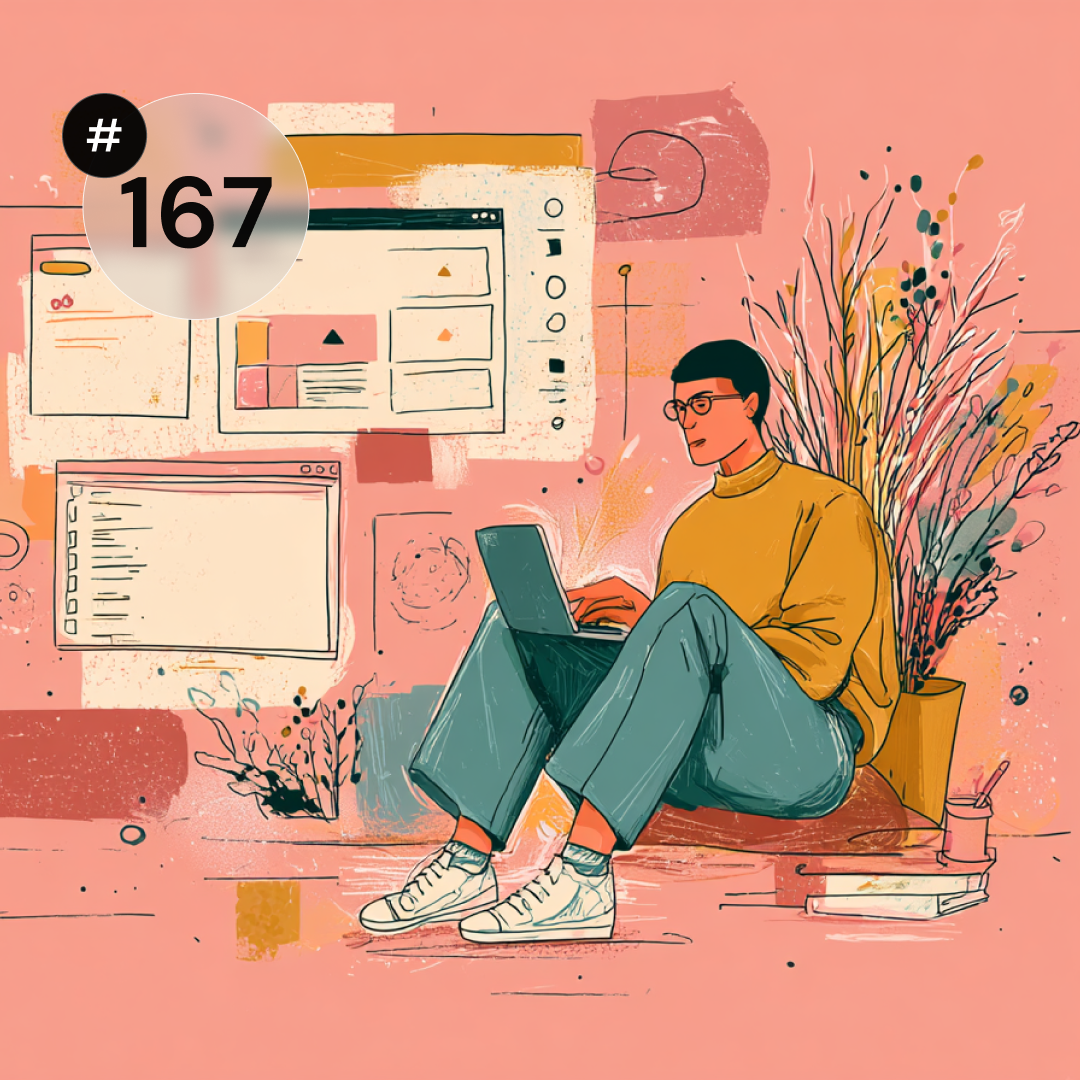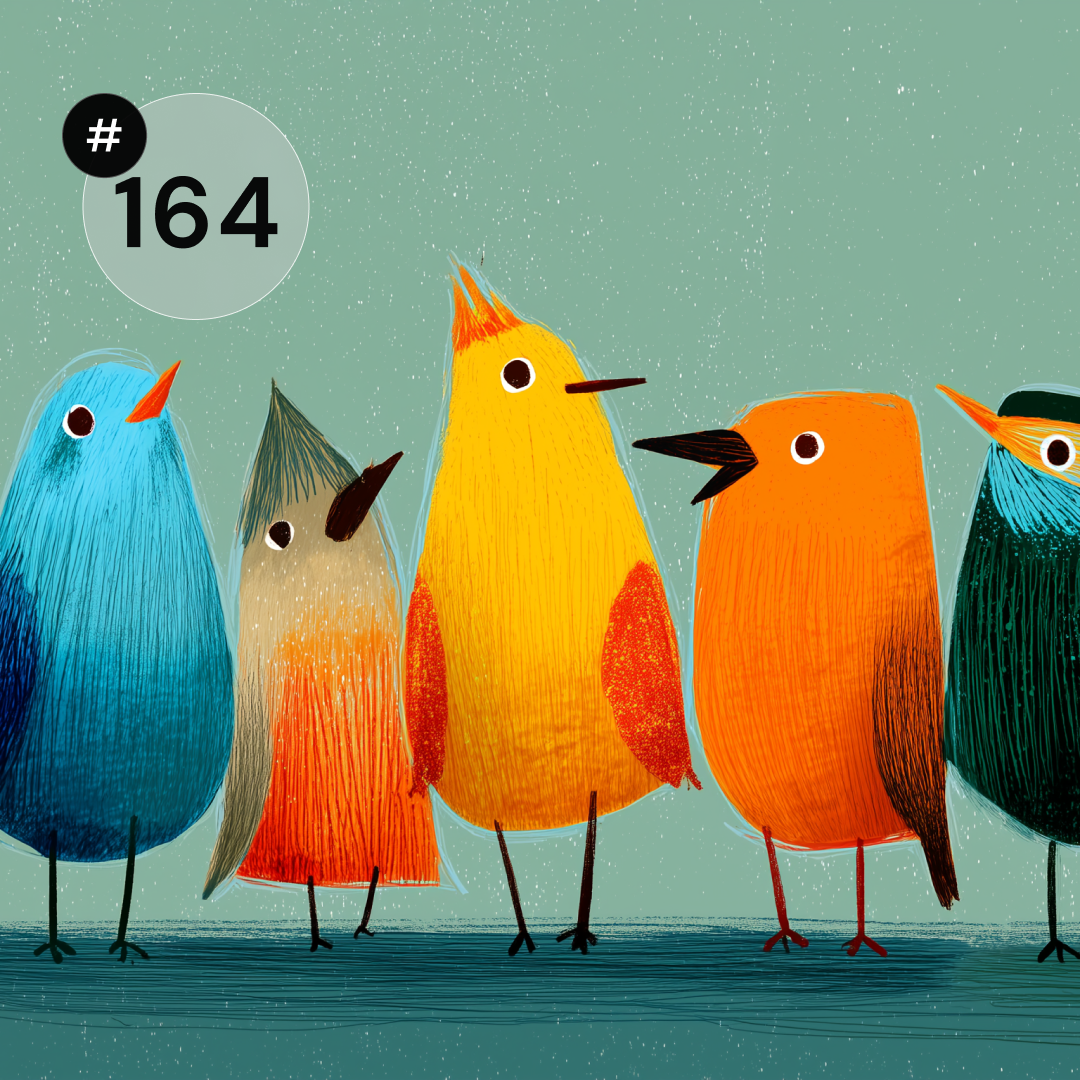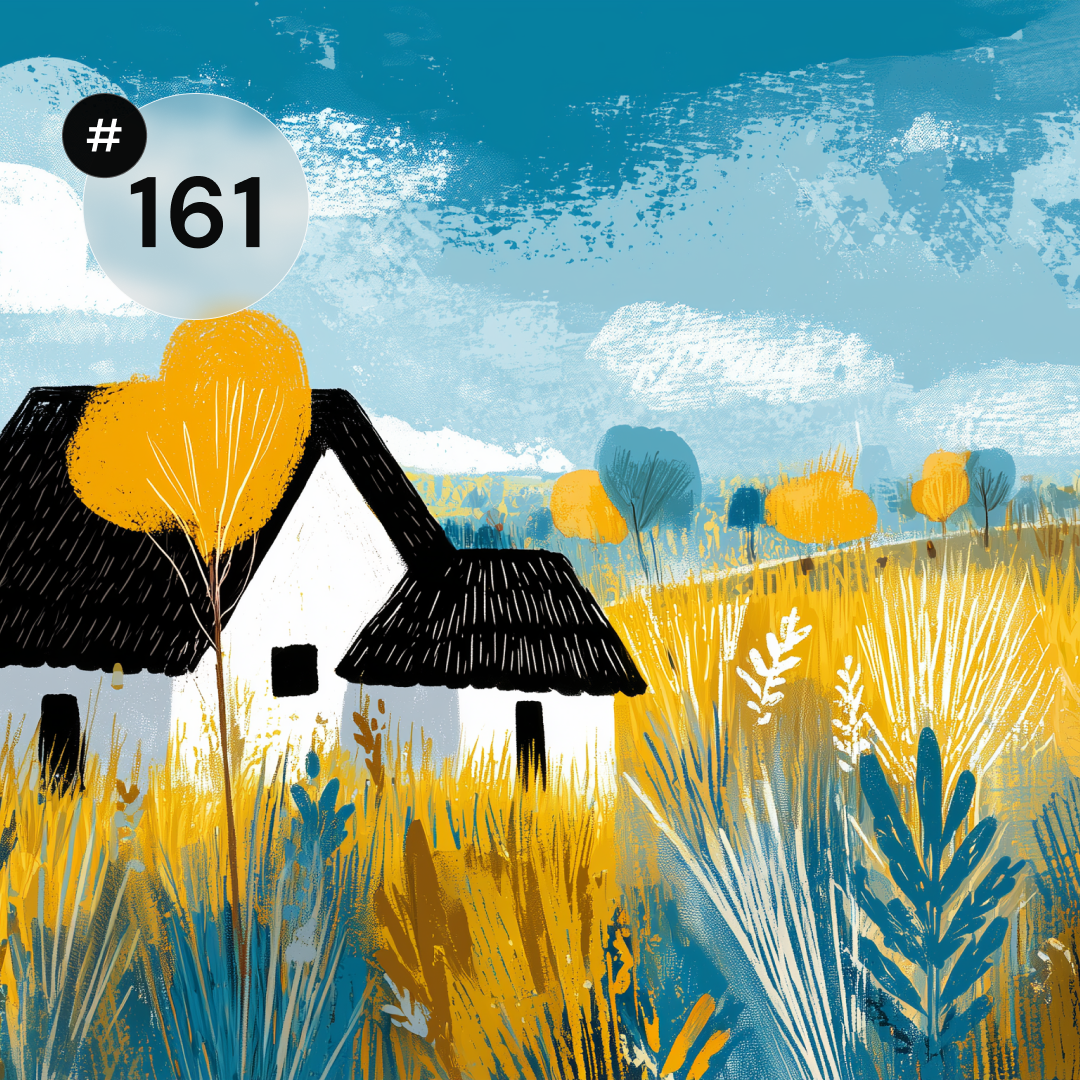PrestaShop is an innovative open source platform for e-commerce that was founded in France in 2007. Today, its technology is used by more than 300,000 stores. PrestaShop was recognized in 2016 when it was included in the Inc. 5000 list (ranking of the fastest growing companies in Europe) and received the award for best e-commerce software from the CMS Critic Award. Today, it is one of the most recognizable solutions in the e-commerce industry, which gives many possibilities related to customizing stores, managing them, supporting promotions and selling abroad.
In connection with the possibilities that this platform gives, it is worth thinking about the usability of the store and adjust the finished template in such a way that it is as user-friendly as possible and becomes a profitable place. From today's article you will learn what you can change in the product card so that your users can easily find the information they need and make a purchase. Below you will find 7 proven tips that you can easily implement in your store:
Highlight the price of discounted products
The most popular solution in stores and the most readable for users is to apply, for example, red color for the new price and cross out the previous price of the product. Additional information about the amount of the discount expressed as a percentage will attract the attention of the user and emphasize the attractiveness of the offer.
Add information about the manufacturer
If there may be several manufacturers in the store, add the relevant information with its name and, possibly, a brief description of the brand in question. After clicking on the name, the user should be taken to the list of products of the selected manufacturer, where you can also find a brief description in the header.
Highlight the most important features of the product
Remember not to lengthen the product description. It should be short, easy to read and focus on the key features that are relevant to your customers. Detailed information can be included in the technical parameters tab or after expanding the description (e.g. “See more”, “Expand description”). However, the most important features should be included at the beginning of the description in points that are much easier to scan by eye than a full paragraph of text. Remember to make the language understandable to everyone. The exception will be specialized stores, whose customers know the industry language and are able to understand your description without any problems.
Implement breadcrumbs
This is the so-called. breadcrumbs. Be sure to enter a crumb path to make it easier for users to navigate your store. Thanks to them, they will be able to easily return to the previous subpages and check what product category they are currently viewing, in which place in your store they are.
Take care of product photos
When posting a product gallery, be sure to include thumbnails of photos so that users can notice that there are more. Add appropriate tags to toggle photos. Remember to keep the photos reasonably large and of good quality so that the enlarged image is clear. but not overloading pages, as they can affect the length of its loading. Allow photos to be enlarged without losing quality and show products in use situations such as on a model or in context depending on the purpose of the product. This will positively affect its reception and give a complete idea of the product, depict its features and allow you to fully familiarize yourself with the product before buying it.
Add shipping and payment information
Post relevant shipping and payment information available in your store and payment around the add to cart button so that the user has access to this information before proceeding to place an order. A well-informed user will make a purchase faster, and the store will be more reliable in his eyes.
Properly design the add to cart button
The add to cart button on the product card should be the most visible. If you have the opportunity, place it above the bend of the screen. Next to the button should be the number of products added to the cart. If the user should select certain product specifications (e.g. size or color), they should not be automatically selected and the ability to add the product to the cart must be disabled so that the customer does not accidentally purchase a product of the wrong size. Remember the appropriate button hierarchy and, if added to the cart, apply a distinctive color and appearance (e.g. button fill or border) that is consistent with the other buttons on the page.
Stores that use templates on platforms like PrestaShop rarely pay attention to dedicated solutions. However, our experience shows that adjusting the store to the activity and modifying the established templates according to the real needs of users brings many benefits. Below you will find some data on the advantages of focusing on usability:
- 7 out of 10 CEOs believe that good UX is a competitive brand differentiator
- Conversion per user can increase by 400% if the site offers a high level of UX,
- the amount spent on broadly understood utility design pays off a hundredfold,
- 94% of users do not trust outdated websites and half of them are frustrated by stores that are poorly adapted to mobile devices.
- 88% of online shoppers say they will not return to the site if they have experienced a bad UX.
There are a lot of reports that prove the validity of taking care of usability, and each of them confirms the resulting benefits. We therefore recommend that you focus on this aspect and use dedicated solutions when building your store. Thanks to this, the store will be tailored to users and will be a good testimony to the brand that creates the best shopping experience.
Check out our other articles on product card design on popular platforms:











